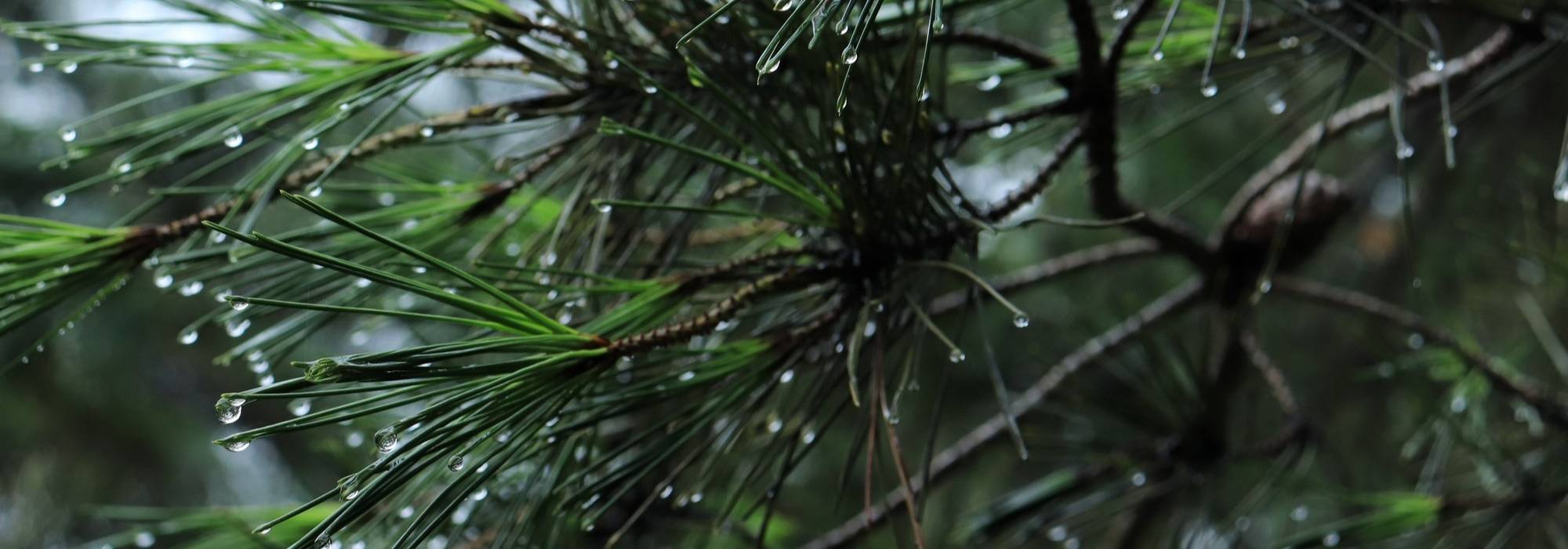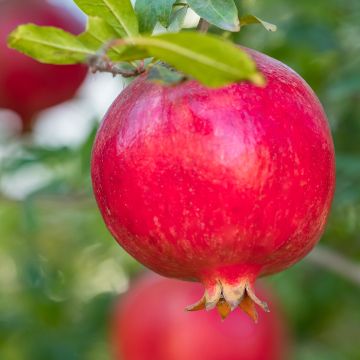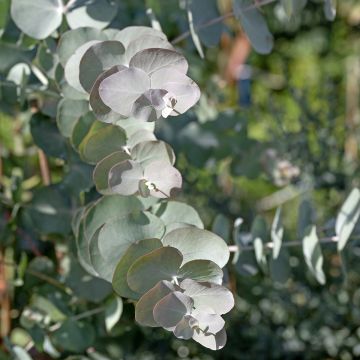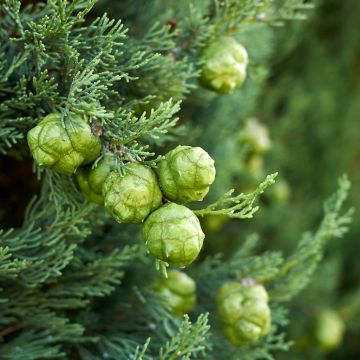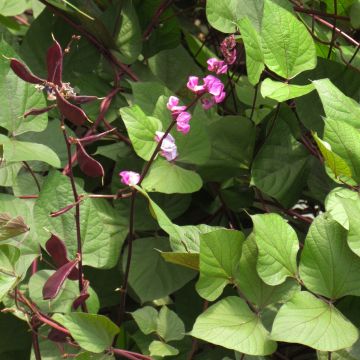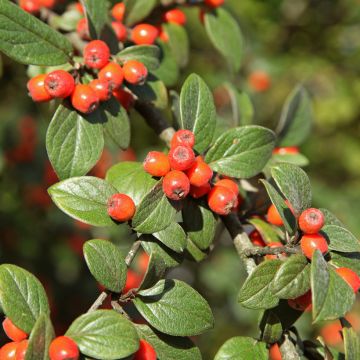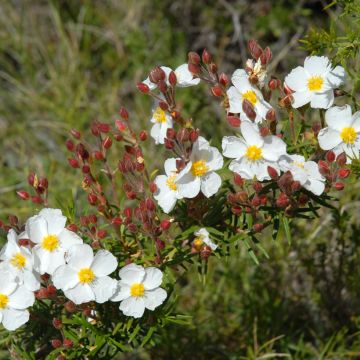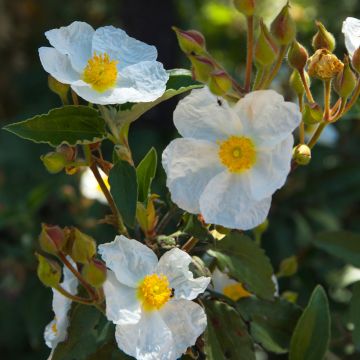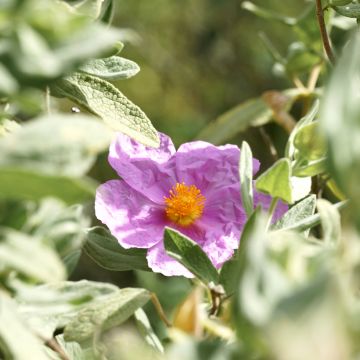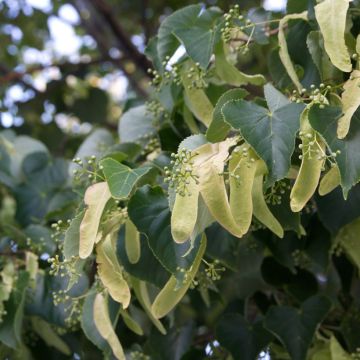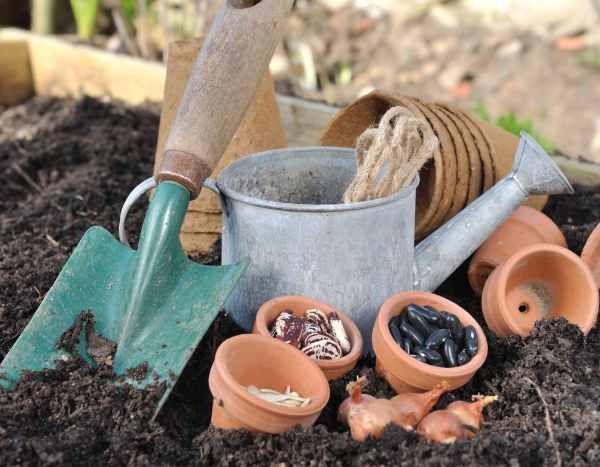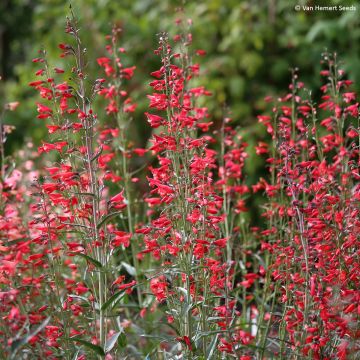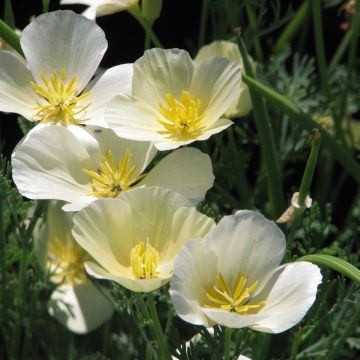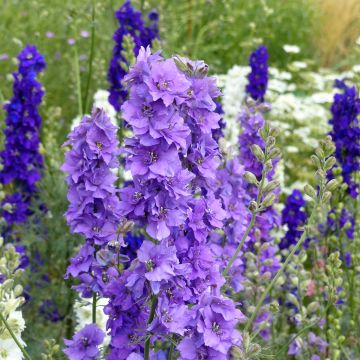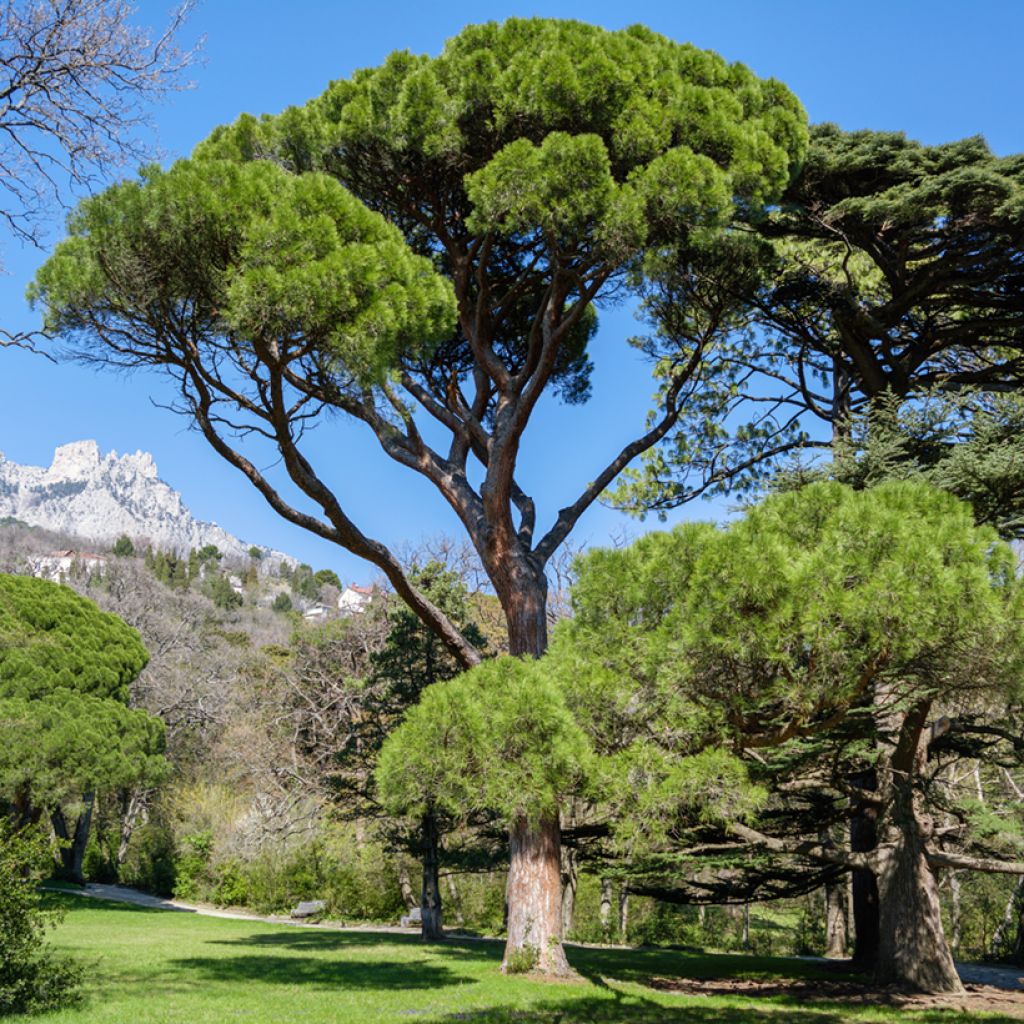

Pinus pinea seeds - Parasol pine
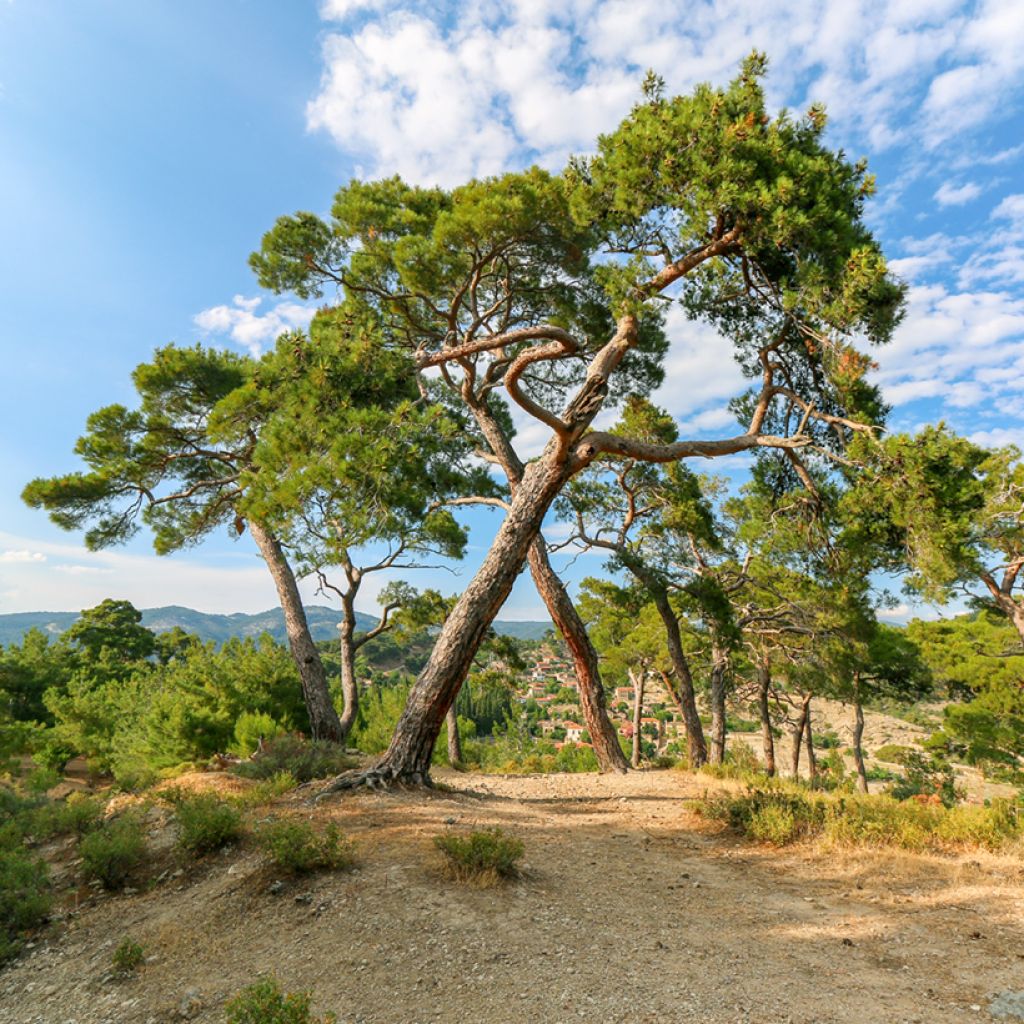

Pinus pinea seeds - Parasol pine
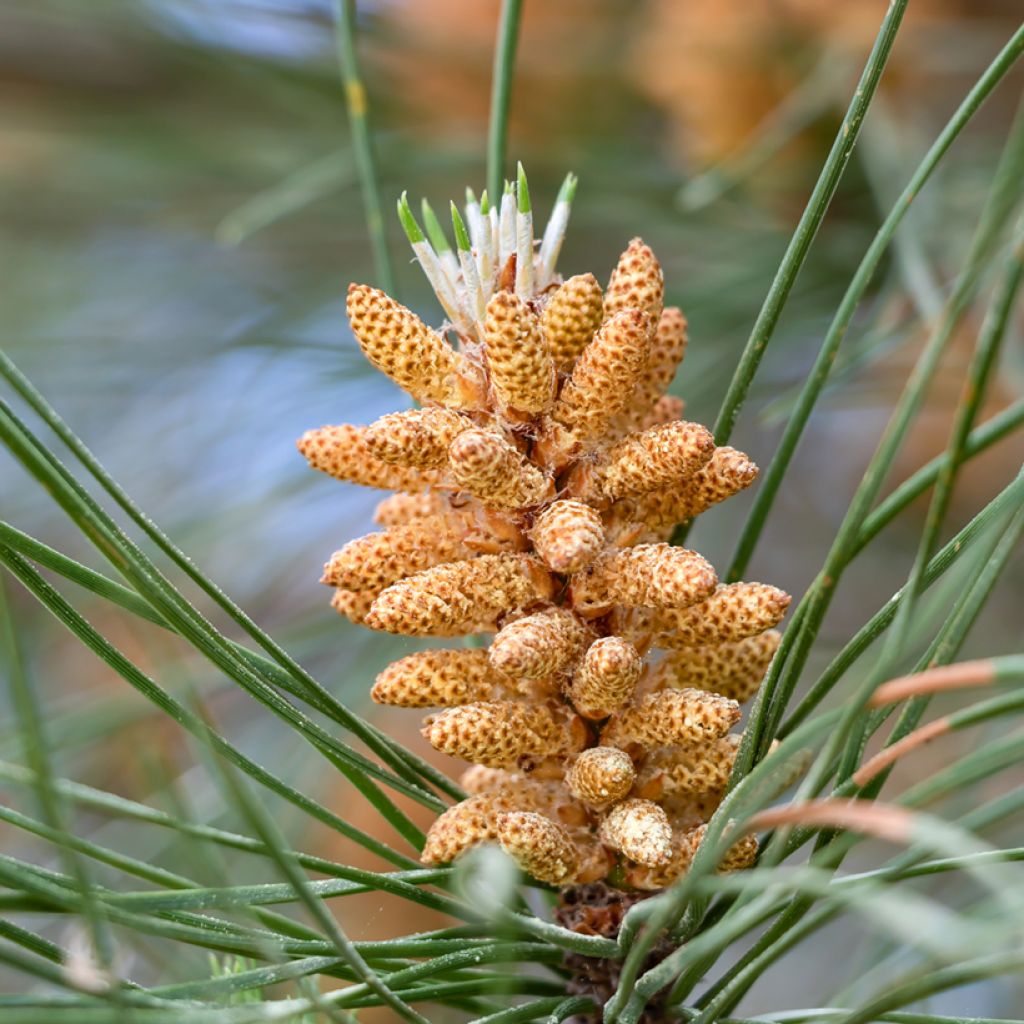

Pinus pinea seeds - Parasol pine
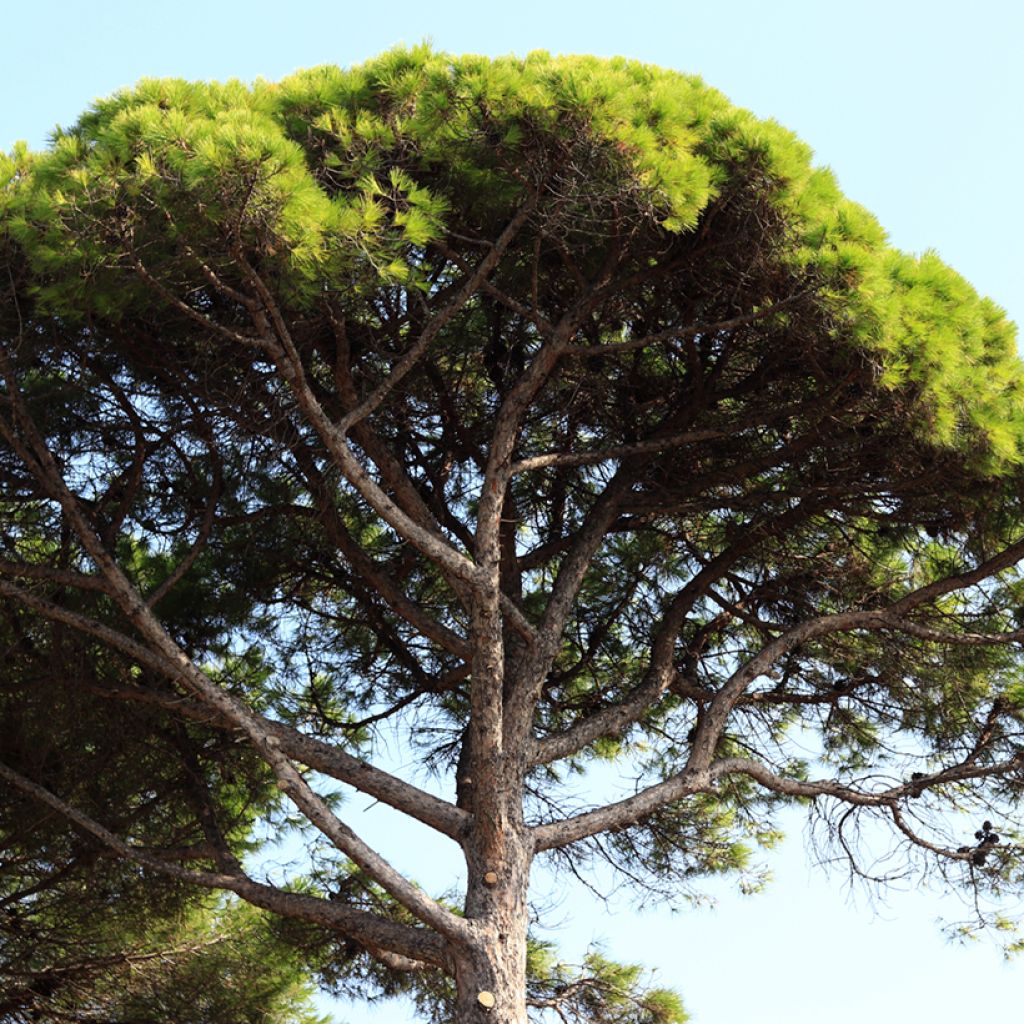

Pinus pinea seeds - Parasol pine
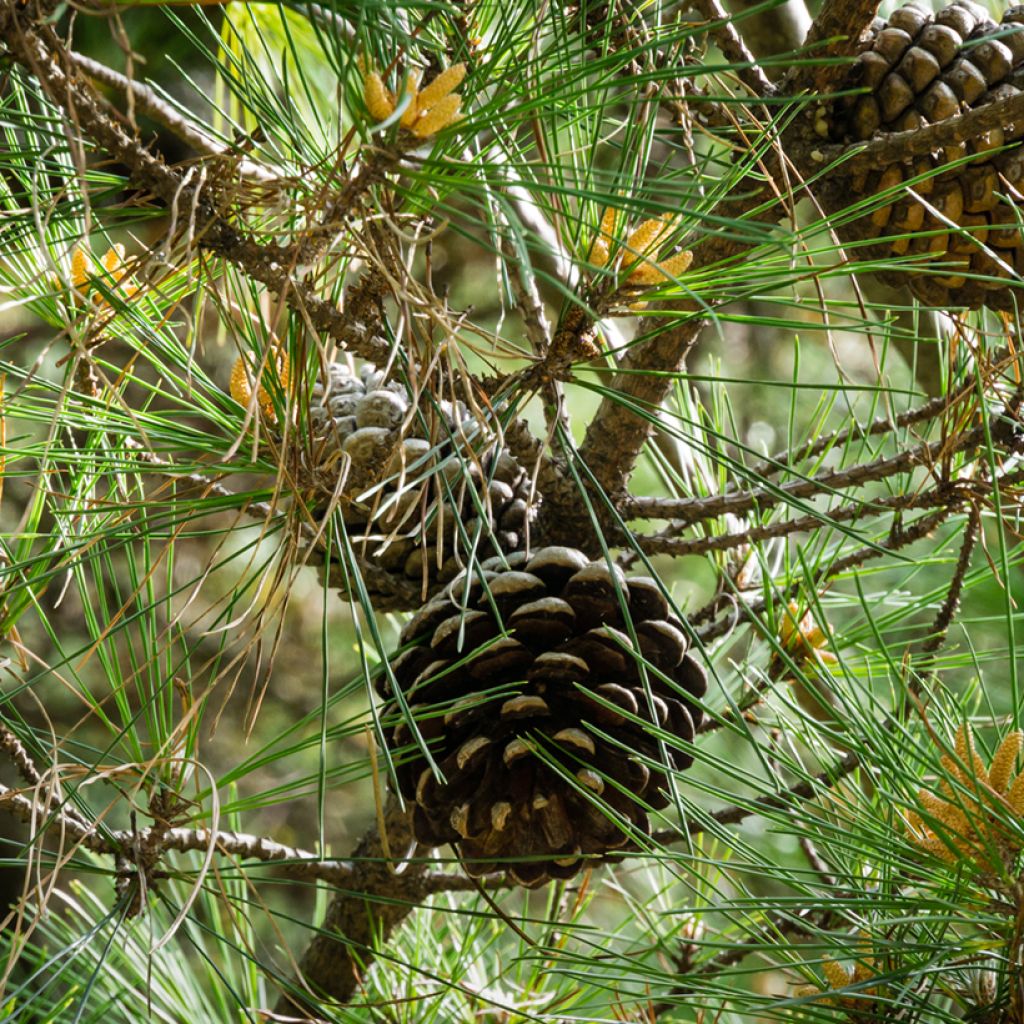

Pinus pinea seeds - Parasol pine
Pinus pinea seeds - Parasol pine
Pinus pinea
Stone Pine, Umbrella Pine
Special offer!
Receive a €20 voucher for any order over €90 (excluding delivery costs, credit notes, and plastic-free options)!
1- Add your favorite plants to your cart.
2- Once you have reached €90, confirm your order (you can even choose the delivery date!).
3- As soon as your order is shipped, you will receive an email containing your voucher code, valid for 3 months (90 days).
Your voucher is unique and can only be used once, for any order with a minimum value of €20, excluding delivery costs.
Can be combined with other current offers, non-divisible and non-refundable.
Home or relay delivery (depending on size and destination)
Schedule delivery date,
and select date in basket
This plant carries a 6 months recovery warranty
More information
We guarantee the quality of our plants for a full growing cycle, and will replace at our expense any plant that fails to recover under normal climatic and planting conditions.
Does this plant fit my garden?
Set up your Plantfit profile →
Description
Pinus pinea, the umbrella pine or stone pine, is a large conifer emblematic of Mediterranean landscapes. When young, it displays a rounded silhouette, but over time, the tree becomes bare at the base and adopts a majestic appearance. Its unmistakable silhouette forms a broad, table-like crown dominating a trunk often tilted by the wind. The ornamental umbrella pine is prized for its pine nuts, delicious seeds with a delicate resinous flavour. Undemanding regarding soil type, it tolerates drought and sea spray well. However, young specimens remain vulnerable to severe frosts, which limits its cultivation in regions with harsh winters.
Native to the Mediterranean basin, Pinus pinea belongs to the Pinaceae family. Introduced centuries ago into various regions, it thrives naturally in Mediterranean forests, alongside the holm oak and Aleppo pine. At maturity, the umbrella pine reaches around 20 m in height with a spread of 10 m. During its early years, it exhibits a bushy, highly branching habit from the base. Its growth is relatively rapid after a two-year rooting phase: by the age of four, it can reach 2 m tall. Around ten years, it adopts its characteristic umbrella shape, with a slender trunk, straight or sometimes slightly twisted by the wind, topped by a dense, rounded crown. Its thick, reddish-brown bark is deeply fissured and channelled. Its bright green, evergreen leaves are soft and barely prickly needles, measuring between 8 and 18 cm long. The spring flowering combines male and female cones on the same tree. After pollination, the female cones produce large, globular pine cones of 10 cm in diameter, which take three years to ripen. Upon maturity, their brown scales open to release the pine nuts, coated in a fine black dust. Each seed, protected by a particularly hard, light-brown shell, contains an edible and aromatic kernel.
These fresh seeds germinate easily after a winter exposure to cold, which breaks their natural dormancy. The harvest of pine nuts takes place in summer or early autumn, depending on climatic conditions.
The majestic and imposing umbrella pine finds its perfect place as a standalone feature in a large garden, where it can fully spread its crown without constraints. A mature tree will tolerate -10/-12°C at peak, but a young plant will be more fragile. In the south, it is often planted in small groves, providing pleasant shade near terraces or along property boundaries. Reluctant to share its space with other trees, its thick carpet of needles limits the growth of plants at its base. However, certain adapted Mediterranean species tolerate its presence, notably laurustinus, the strawberry tree (Arbutus unedo), the mastic tree, myrtle, Phillyrea...
Pinus pinea seeds - Parasol pine in pictures


Flowering
Foliage
Plant habit
Botanical data
Pinus
pinea
Pinaceae
Stone Pine, Umbrella Pine
Mediterranean
Other Tree seeds
View all →Planting and care
Sowing Stone Pine seeds (Pinus pinea) requires special attention, especially when seeds in packets may have lost their freshness.
Start by soaking the seeds in lukewarm water for 24 hours, changing the water halfway through. Then, a cold stratification is recommended: place the seeds in a moist substrate (such as sand or vermiculite) and keep them in the refrigerator for 3 to 4 weeks. This step simulates winter conditions and promotes uniform germination.
After stratification, sow the seeds in spring, under cover, in a well-draining mix of seed compost and sand, at a temperature between 18°C and 22°C. Keep the substrate slightly moist and place the sowings in indirect light until germination, which may occur within 1 to 2 weeks.
Once the young plants are sufficiently developed and after several needles have formed, transplant into individual pots. Use a similar substrate and ensure the containers provide good drainage. It is essential to handle the roots carefully to avoid stress.
When the plants reach an adequate size and the risk of frost has passed, usually after 2 to 3 years, they can be transplanted into open ground. Choose a sunny location with well-drained soil, and protect the young trees from strong winds. In the first few years, water regularly to encourage good rooting, while avoiding excess water. Once established, the Stone Pine tolerates drought and sea spray well.
Sowing period
Intended location
Planting & care advice
This item has not been reviewed yet - be the first to leave a review about it.
Similar products
Haven't found what you were looking for?
Hardiness is the lowest winter temperature a plant can endure without suffering serious damage or even dying. However, hardiness is affected by location (a sheltered area, such as a patio), protection (winter cover) and soil type (hardiness is improved by well-drained soil).

Photo Sharing Terms & Conditions
In order to encourage gardeners to interact and share their experiences, Promesse de fleurs offers various media enabling content to be uploaded onto its Site - in particular via the ‘Photo sharing’ module.
The User agrees to refrain from:
- Posting any content that is illegal, prejudicial, insulting, racist, inciteful to hatred, revisionist, contrary to public decency, that infringes on privacy or on the privacy rights of third parties, in particular the publicity rights of persons and goods, intellectual property rights, or the right to privacy.
- Submitting content on behalf of a third party;
- Impersonate the identity of a third party and/or publish any personal information about a third party;
In general, the User undertakes to refrain from any unethical behaviour.
All Content (in particular text, comments, files, images, photos, videos, creative works, etc.), which may be subject to property or intellectual property rights, image or other private rights, shall remain the property of the User, subject to the limited rights granted by the terms of the licence granted by Promesse de fleurs as stated below. Users are at liberty to publish or not to publish such Content on the Site, notably via the ‘Photo Sharing’ facility, and accept that this Content shall be made public and freely accessible, notably on the Internet.
Users further acknowledge, undertake to have ,and guarantee that they hold all necessary rights and permissions to publish such material on the Site, in particular with regard to the legislation in force pertaining to any privacy, property, intellectual property, image, or contractual rights, or rights of any other nature. By publishing such Content on the Site, Users acknowledge accepting full liability as publishers of the Content within the meaning of the law, and grant Promesse de fleurs, free of charge, an inclusive, worldwide licence for the said Content for the entire duration of its publication, including all reproduction, representation, up/downloading, displaying, performing, transmission, and storage rights.
Users also grant permission for their name to be linked to the Content and accept that this link may not always be made available.
By engaging in posting material, Users consent to their Content becoming automatically accessible on the Internet, in particular on other sites and/or blogs and/or web pages of the Promesse de fleurs site, including in particular social pages and the Promesse de fleurs catalogue.
Users may secure the removal of entrusted content free of charge by issuing a simple request via our contact form.
The flowering period indicated on our website applies to countries and regions located in USDA zone 8 (France, the United Kingdom, Ireland, the Netherlands, etc.)
It will vary according to where you live:
- In zones 9 to 10 (Italy, Spain, Greece, etc.), flowering will occur about 2 to 4 weeks earlier.
- In zones 6 to 7 (Germany, Poland, Slovenia, and lower mountainous regions), flowering will be delayed by 2 to 3 weeks.
- In zone 5 (Central Europe, Scandinavia), blooming will be delayed by 3 to 5 weeks.
In temperate climates, pruning of spring-flowering shrubs (forsythia, spireas, etc.) should be done just after flowering.
Pruning of summer-flowering shrubs (Indian Lilac, Perovskia, etc.) can be done in winter or spring.
In cold regions as well as with frost-sensitive plants, avoid pruning too early when severe frosts may still occur.
The planting period indicated on our website applies to countries and regions located in USDA zone 8 (France, United Kingdom, Ireland, Netherlands).
It will vary according to where you live:
- In Mediterranean zones (Marseille, Madrid, Milan, etc.), autumn and winter are the best planting periods.
- In continental zones (Strasbourg, Munich, Vienna, etc.), delay planting by 2 to 3 weeks in spring and bring it forward by 2 to 4 weeks in autumn.
- In mountainous regions (the Alps, Pyrenees, Carpathians, etc.), it is best to plant in late spring (May-June) or late summer (August-September).
The harvesting period indicated on our website applies to countries and regions in USDA zone 8 (France, England, Ireland, the Netherlands).
In colder areas (Scandinavia, Poland, Austria...) fruit and vegetable harvests are likely to be delayed by 3-4 weeks.
In warmer areas (Italy, Spain, Greece, etc.), harvesting will probably take place earlier, depending on weather conditions.
The sowing periods indicated on our website apply to countries and regions within USDA Zone 8 (France, UK, Ireland, Netherlands).
In colder areas (Scandinavia, Poland, Austria...), delay any outdoor sowing by 3-4 weeks, or sow under glass.
In warmer climes (Italy, Spain, Greece, etc.), bring outdoor sowing forward by a few weeks.






























